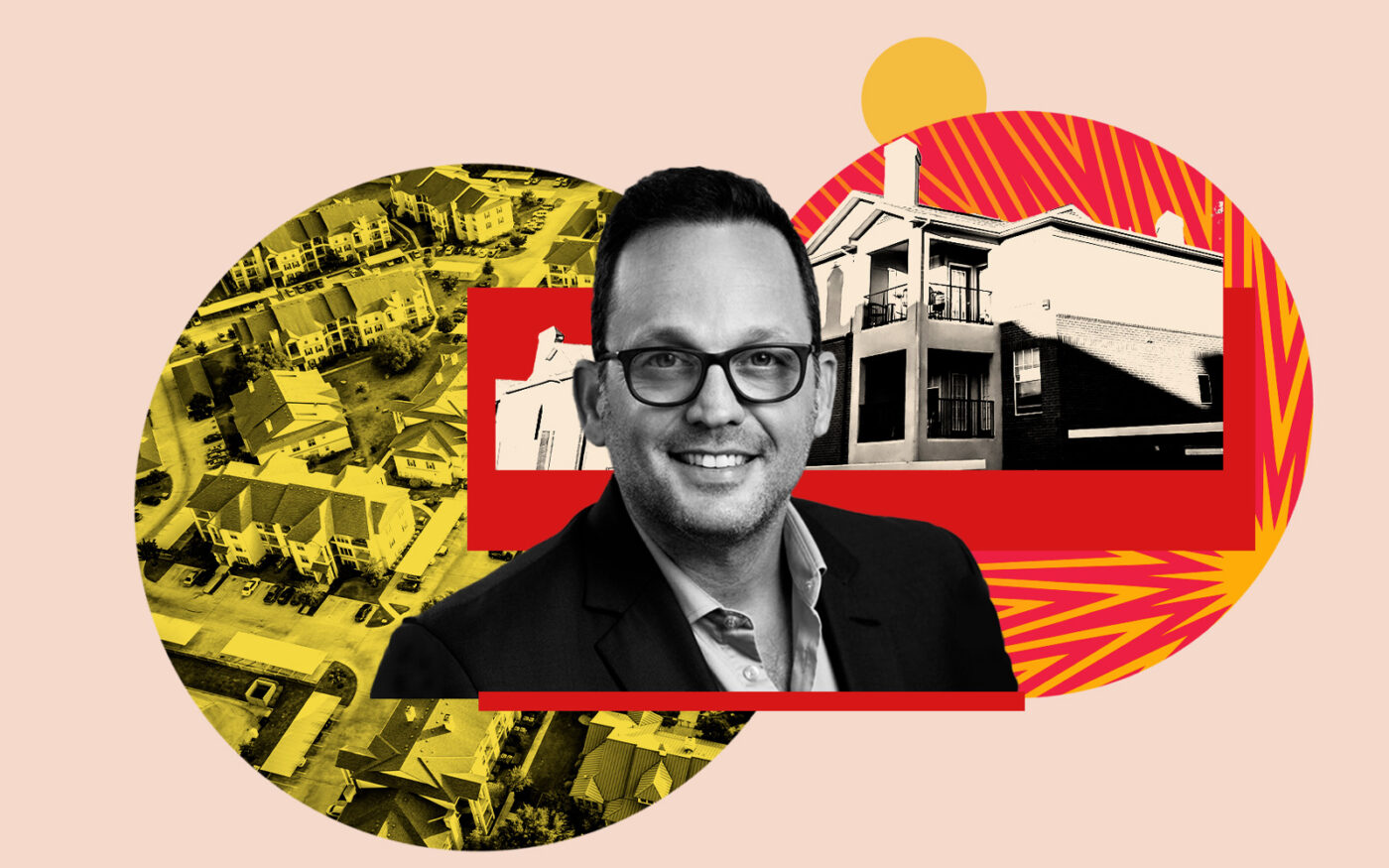 Patel family: It’s like Uber, but for build-to-rent
Patel family: It’s like Uber, but for build-to-rent
Trending
ARK Homes for Rent CEO breaks down Texas’ built-to-rent boom
Rates keeping buyers on the sidelines, purpose-built rental homes a hot commodity

If you move to the Sun Belt in the next few years, there’s a chance you’ll be renting your home from Jordan Kavana.
Kavana is the founder and CEO of ARK Homes for Rent, the American rental housing joint venture of Israeli private equity firm Electra Real Estate and Florida-based Transcendent Investment Management. ARK operates across the southern United States, and its Texas properties are clustered around San Antonio and Houston.
The firm recently said that it would buy and develop $3 billion in single-family rental and built-to-rent properties over the next five years. It’s placing that bet at a time of upheaval in multifamily markets across Texas, as tens of thousands of units are slated for delivery in the next 18 months, but new starts have slowed severely.
As Texas metro areas’ populations continue to grow, and mortgages remain out of reach for many Millennials entering their prime homebuying years, purpose-built rental homes may be the future for housing in the Lone Star State. Kavana spoke with The Real Deal about the opportunities he’s scooping up as other operators struggle, finding financing in a dry market and whether lenders are finally ready to play ball again.
Why are you focused on single-family rental and built-to-rent specifically in the Sun Belt?
There’s a real deficit in terms of housing supply across the country, but specifically in those markets, building new product still makes sense. There’s also still a tremendous amount of support, both from the community level and the state level, to have these built.
There’s a lot of Not-In-My-Backyard sentiment in many different communities where they think that bringing in renters is a bad thing. But if you think about it, with average rents in the $2,500 to $3,000 range, these aren’t subsidized renters. These are market-rate renters that could be owners, but they’re choosing to rent, either because of lifestyle, or because they want to try before they buy.
We have found that those markets are not only supportive of the build-for-rent space, but of course, their demographic story is fantastic, too. Just look at Florida: we’re receiving thousands of new transplants every week. There’s a huge lack of supply.
Rental housing in the Sun Belt is at a crossroads right now. The pipeline is huge, and there are tens of thousands of units coming online in the next 18 months. At the same time, it has become much harder to find financing for multifamily development, so starts have fallen off a cliff. How are you making sense of that dynamic right now?
That’s the billion dollar question. I think we have a little bit of a unique advantage in that we roll up to a public company traded in Israel, but we still operate privately here in the U.S, so we have the ability to move deals forward with 100 percent equity, using capital that we have on our balance sheet. When we feel capital markets coming back, we can recapitalize or refinance.
In other cases, I think because of our track record and reputation, we are seeing some relief on the financing side. We’re seeing deals pencil now — and by the way, that’s a phenomena of the last 30, 45 days. It’s starting to turn around.
I think the bigger issue related to that question is, it’s not so much our capital markets, it’s that you have so many sponsors that came into this space, and simply don’t have the balance sheet, experience or execution ability. That’s why you’re seeing a big choke in the pipeline.
Does that lead to opportunities for you?
It does. There are two options from that situation. Number one, we’re looking at platforms that started up in the last three-to-five years that have build-to-rent pipeline that they can’t move forward. We’re trying to take over the pipeline and integrate them into our shop. Then, we’re looking to take over operating platforms that have started and are in that sub-1,000 home range.
Higher rates have turned a lot of would-be buyers into renters. How are you looking at the current rate environment? And are you concerned at all about rates eventually coming back down?
Right now, for a typical renter of ours, the spread between owning that same home versus renting it is about $400 a month. It’s still cheaper to rent than it is to own. Historically, that spread has been in the $200 range with more normalized lending standards.
For every unit that we have available, we have close to 10 qualified applications, so I don’t think it’s so much a financing rate issue. I think the issue is, what happens when all this build-to-rent or newly built product delivers into the same sub-markets at the same time — are we still going to have an issue? Or are we going to have opportunities?
The data shows that with all of the build-to-rent pipeline nationally, or even specifically in the markets we look at, there’s still going to be a lack of housing supply for the next 10 years, so for the foreseeable future, I’m not hugely concerned. I do believe, depending on what happens in 2024, that there’s going to be some shifting around in lending policy, and as a result, it’s going to get competitive for a while in terms of concessions. But the macro thesis, I think, still holds very strong.
Read more
 Patel family: It’s like Uber, but for build-to-rent
Patel family: It’s like Uber, but for build-to-rent
 The scramble to develop build-to-rent communities in Central Texas is just heating up
The scramble to develop build-to-rent communities in Central Texas is just heating up
 Texas developers unhappy about competition from institutional investors’ build-to-rent play
Texas developers unhappy about competition from institutional investors’ build-to-rent play




